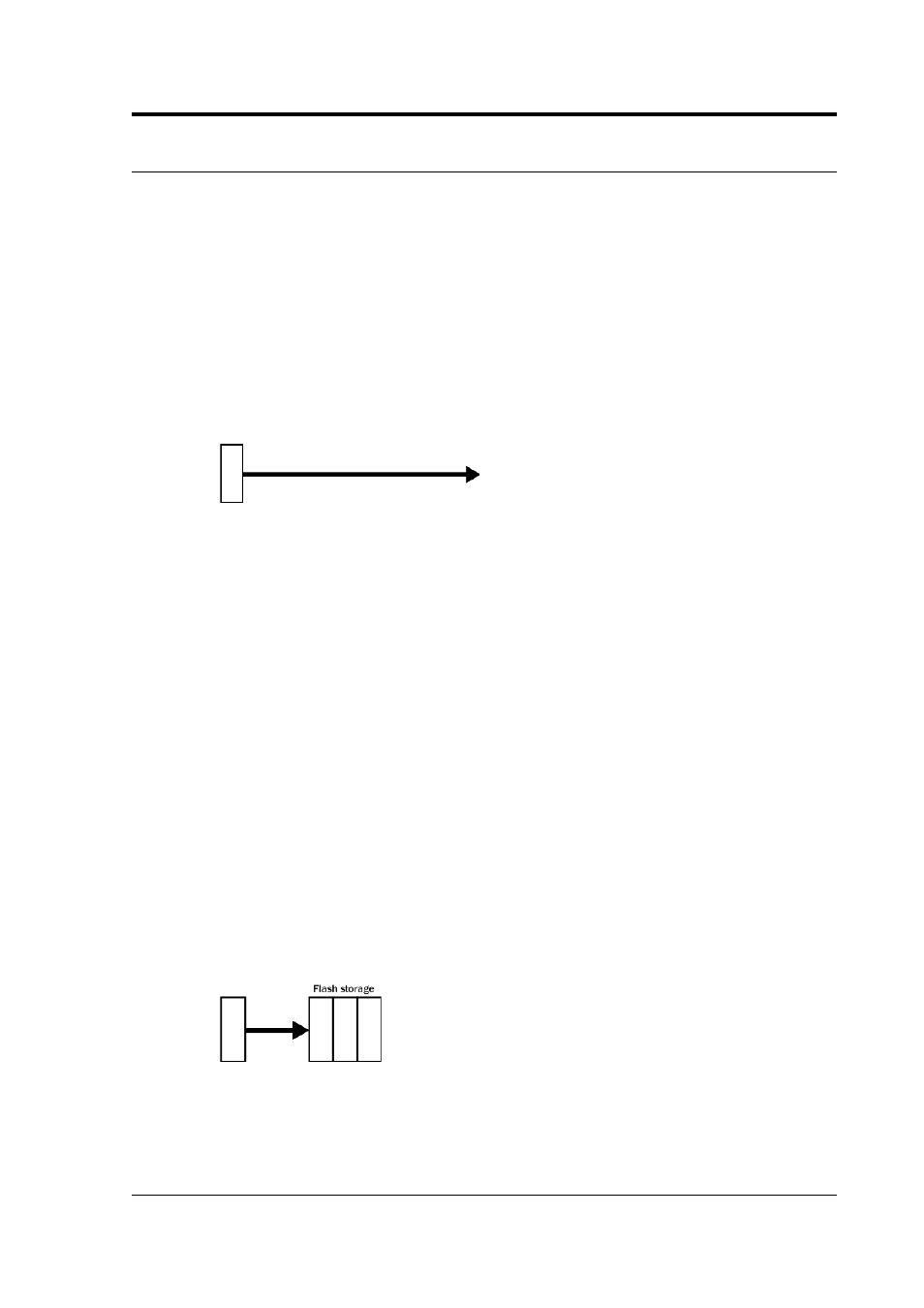3 transmission modes – Guralp Systems CMG-DM24 User Manual
Page 15

Operator's guide
3.3 Transmission modes
Transmission modes are an important concept on the DM24. The
current transmission mode determines whether the unit stores data in
its on-board Flash memory, sends it over the serial link in GCF format
or does some combination of these.
You can switch between transmission modes with a console command
(see chapter 5, page 51) or by using the Scream! configuration
interface.
DIRECT
Command: DIRECT
Instructs the DM24 not to use Flash memory for storage. Instead, all
data is transmitted directly to clients. An instrument in DIRECT mode
still honours the GCF Block Recovery Protocol: a temporary RAM
buffer always holds the last 256 blocks generated and, if a client fails
to receive a block, it can request its retransmission.
If you expect breaks in communication between the instrument and its
client to last more than 256 blocks, or if you want the instrument to
handle breaks in transmission (rather than relying on the client to
request missed blocks), you should use
•
ADAPTIVE mode, if you want data to stay as near to real time as
possible (but do not mind if blocks are received out of order) or
•
FIFO mode, if you need blocks to be received in strict order (but
do not mind if the instrument takes a while to catch up to real
time).
FILING
Command: FILING
Instructs the DM24 not to transmit blocks to clients automatically, but
to store all digitized data in the Flash memory. If you have chosen the
RECYCLE buffering mode (see below), the memory is used in circular
fashion, i.e. if it becomes full, incoming blocks begin overwriting the
October 2009
15
